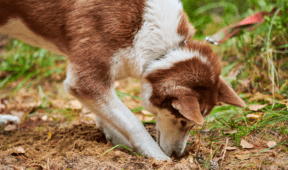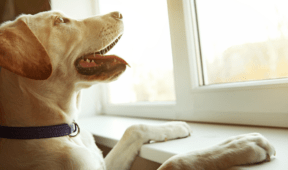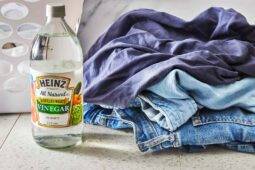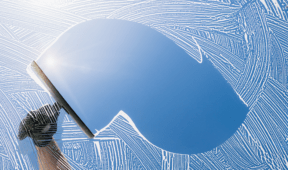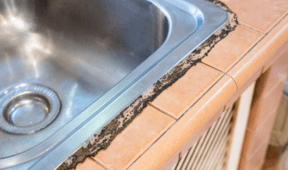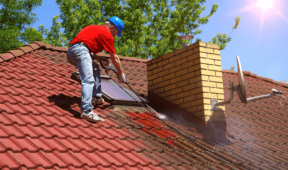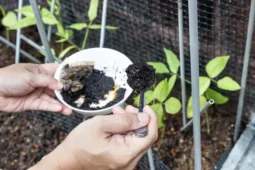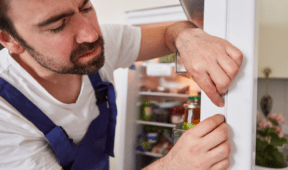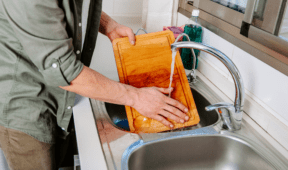5 Surprising Household Items Perfect for Starting Seeds
Starting seeds at home is a rewarding way to kickstart your gardening journey, but you don’t need expensive supplies to get started. Many common household items can serve as excellent seed-starting containers, often outperforming store-bought alternatives in creativity and sustainability. In this article, we’ll reveal seven items you likely have at home that can be repurposed to grow your garden from seed.
1. Toilet Paper Rolls: Mini Plant Pots
Toilet paper rolls are another fantastic item to repurpose for seed starting. Their cylindrical shape makes them ideal for holding soil and giving seedlings plenty of room to grow roots. Additionally, like egg cartons, they can be planted directly into the soil, making transplanting easier and less stressful for the seedlings.
To create seed starters, cut toilet paper rolls in half, stand them upright in a tray, and fill them with potting mix. Plant one seed per roll and water lightly. As the seedlings grow, the cardboard will soften, making it easy to plant the entire roll in your garden.
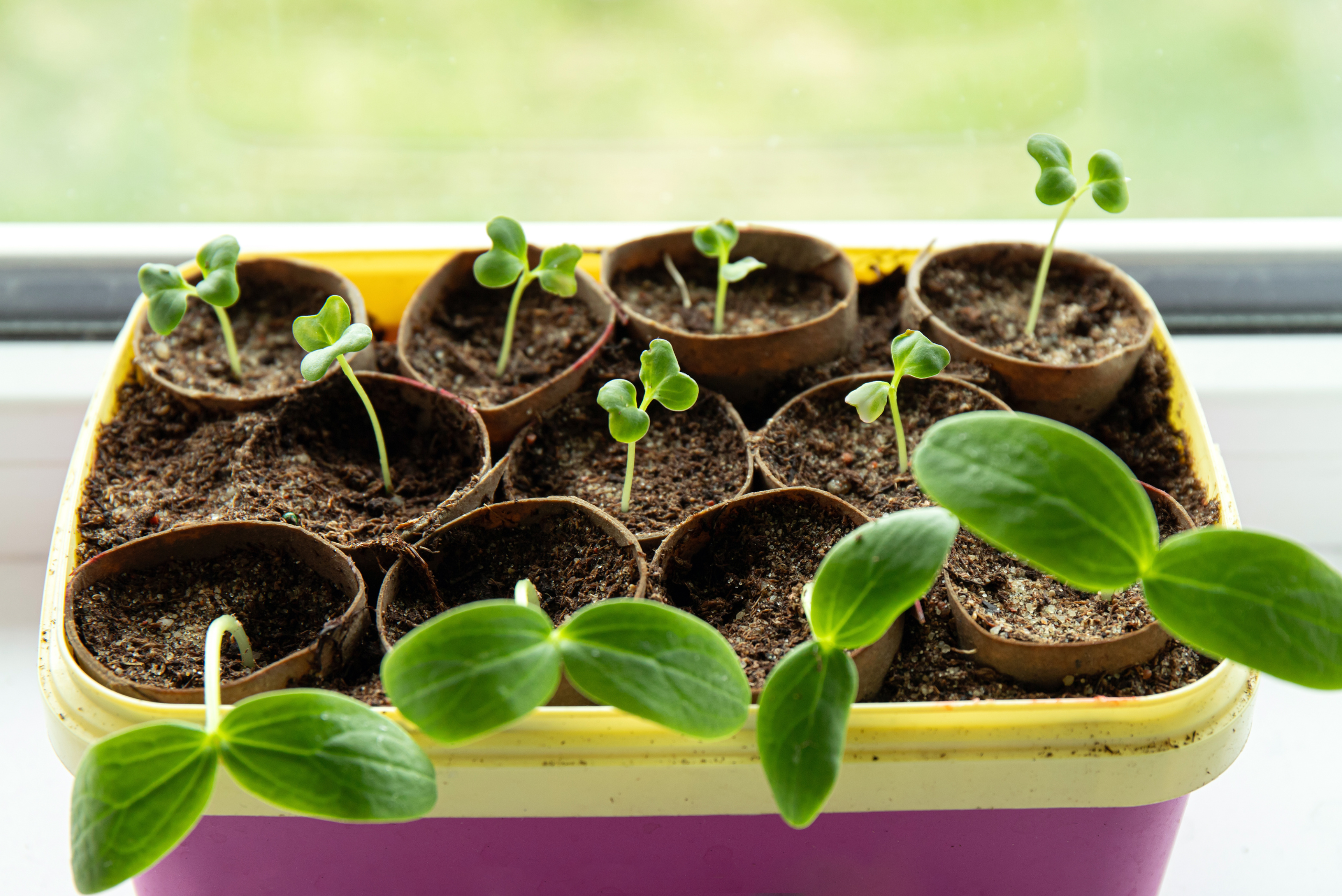
2. Eggshells: Nature’s Seedling Cups
Eggshells are a biodegradable and nutrient-rich option for starting seeds. Their small size makes them perfect for delicate seedlings, and they add calcium to the soil when planted directly into the ground.
To use eggshells, carefully crack them near the top, rinse them out, and let them dry. Fill each shell with potting soil and plant a seed. Place the filled eggshells back in the egg carton for support, and water gently. When your seedlings are ready to be transplanted, crush the shells slightly before planting to allow the roots to grow freely.
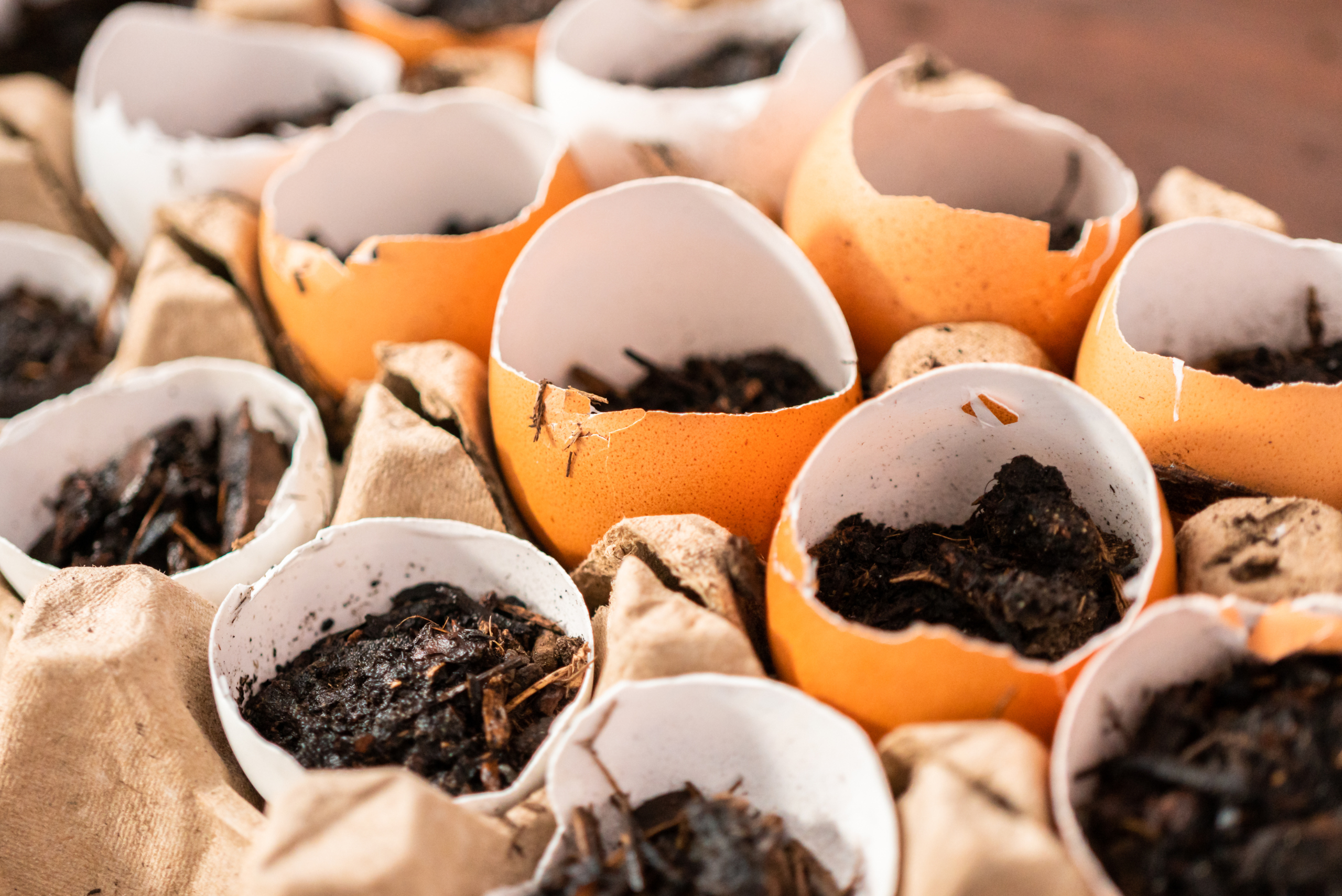
3. Muffin Tins: Organized Seed Trays
If you’re looking for a way to keep your seed starters neatly organized, muffin tins are a great option. They work well with small cups, such as paper baking liners or repurposed bottle caps, to hold individual seedlings.
Line each muffin cup with a small container, fill it with potting soil, and plant your seeds. The rigid structure of the tin ensures stability and prevents tipping. Once your seedlings are ready, gently remove them from their cups for transplanting into larger containers or the garden.
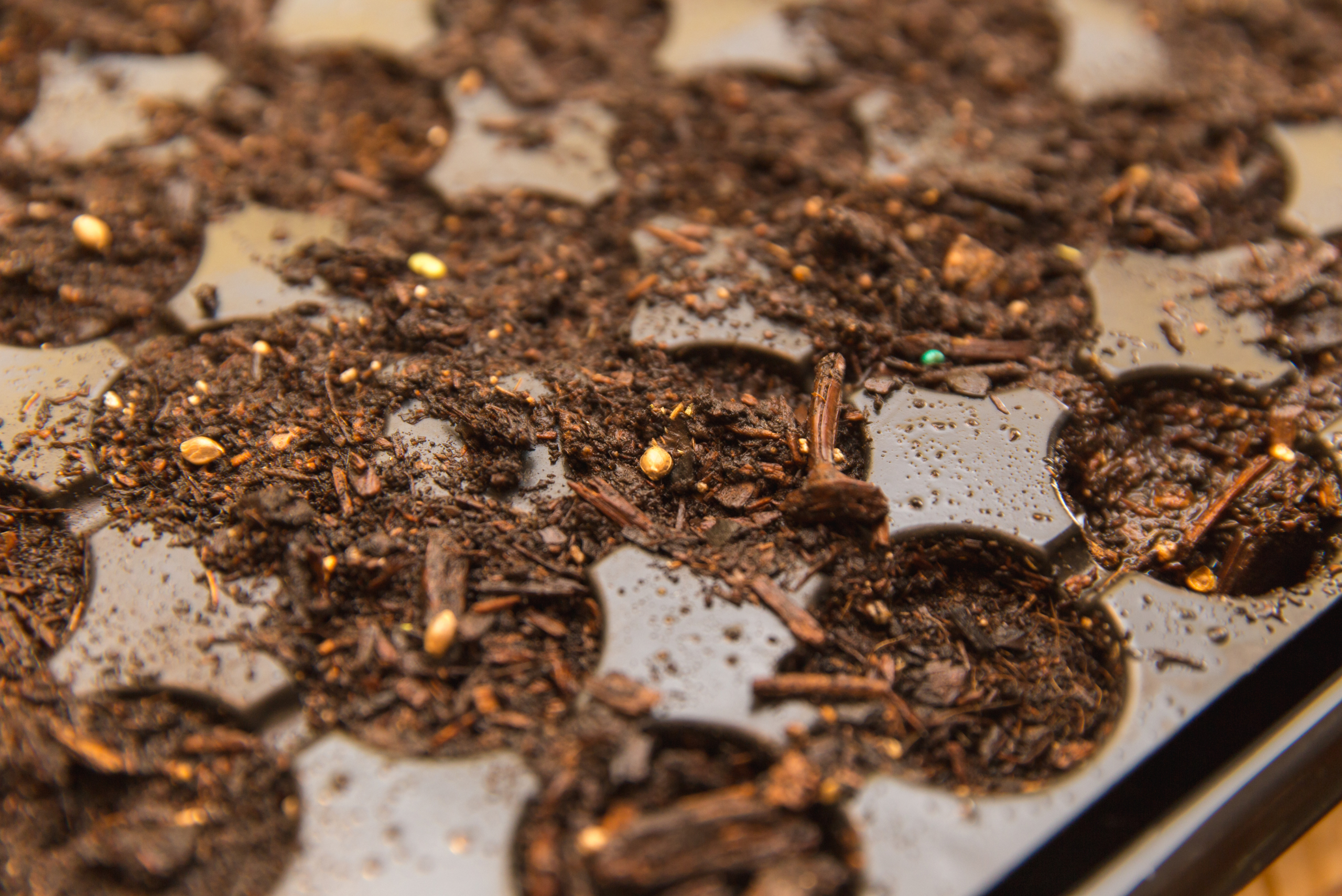
4. Milk Jugs: Versatile Seed Starters
Milk jugs are incredibly versatile and can be used in several ways for seed starting. They can serve as seed trays, mini greenhouses, or even watering cans with a few modifications. By repurposing milk jugs, you can save money and reduce plastic waste.
To create a seed-starting container, cut a milk jug in half horizontally, leaving the bottom portion to hold soil and seeds. The top half can be used as a cover to retain warmth and moisture. Punch drainage holes in the bottom, fill it with soil, and plant your seeds. Cover it with the top half when needed, and you have a simple and effective seed-starting setup.
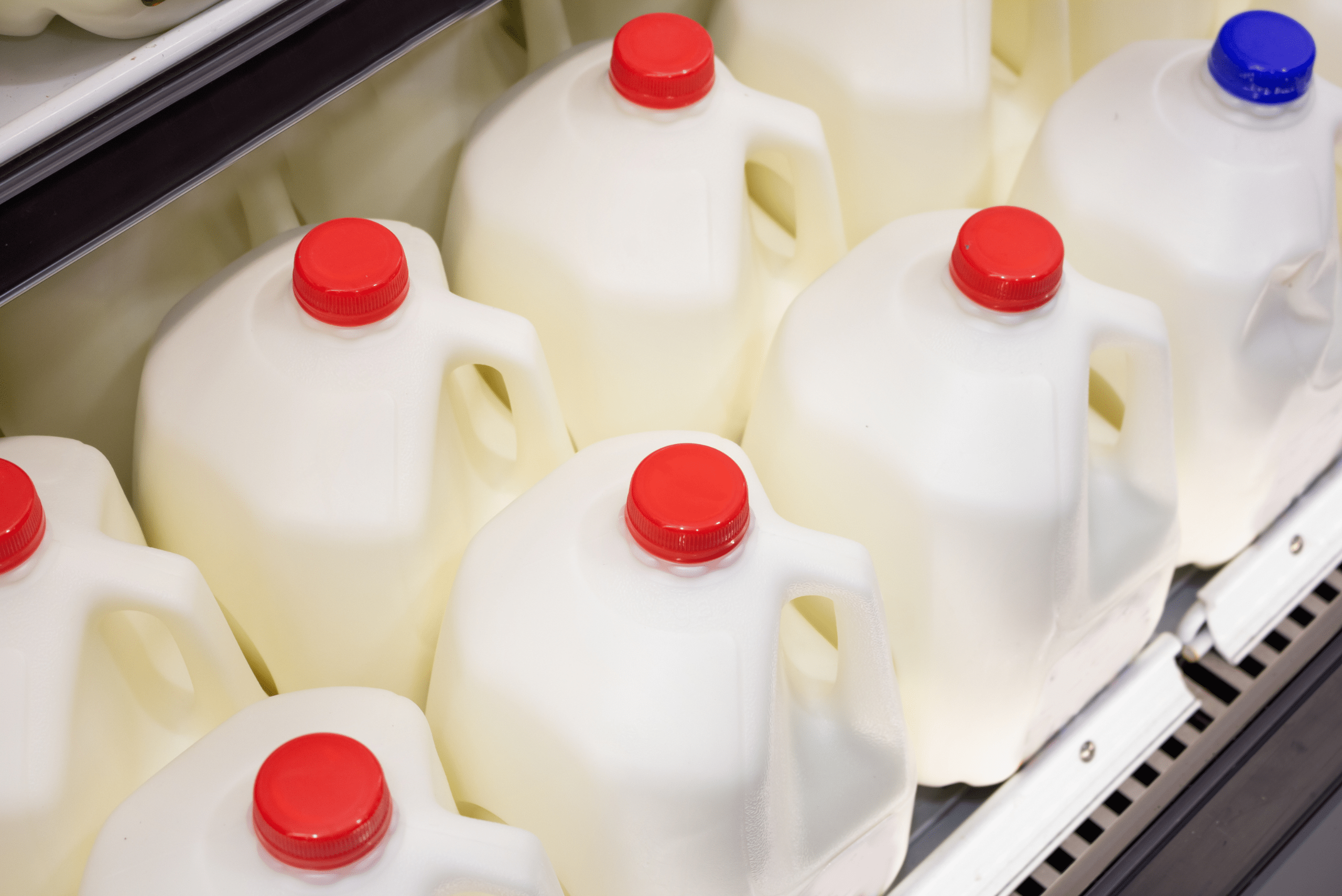
5. Egg Cartons: Natural Seed Starters
Egg cartons are one of the easiest and most eco-friendly options for starting seeds. Their individual compartments are perfect for separating seeds, and the cardboard variety is biodegradable, allowing you to plant the entire container directly into the soil once the seedlings are ready.
To use an egg carton for seed starting, simply fill each compartment with potting soil, plant your seeds, and water them lightly. Place the carton on a tray to catch excess water, and keep it in a sunny location. When it’s time to transplant, cut apart the compartments and bury them in the ground. The cardboard will decompose, enriching the soil.
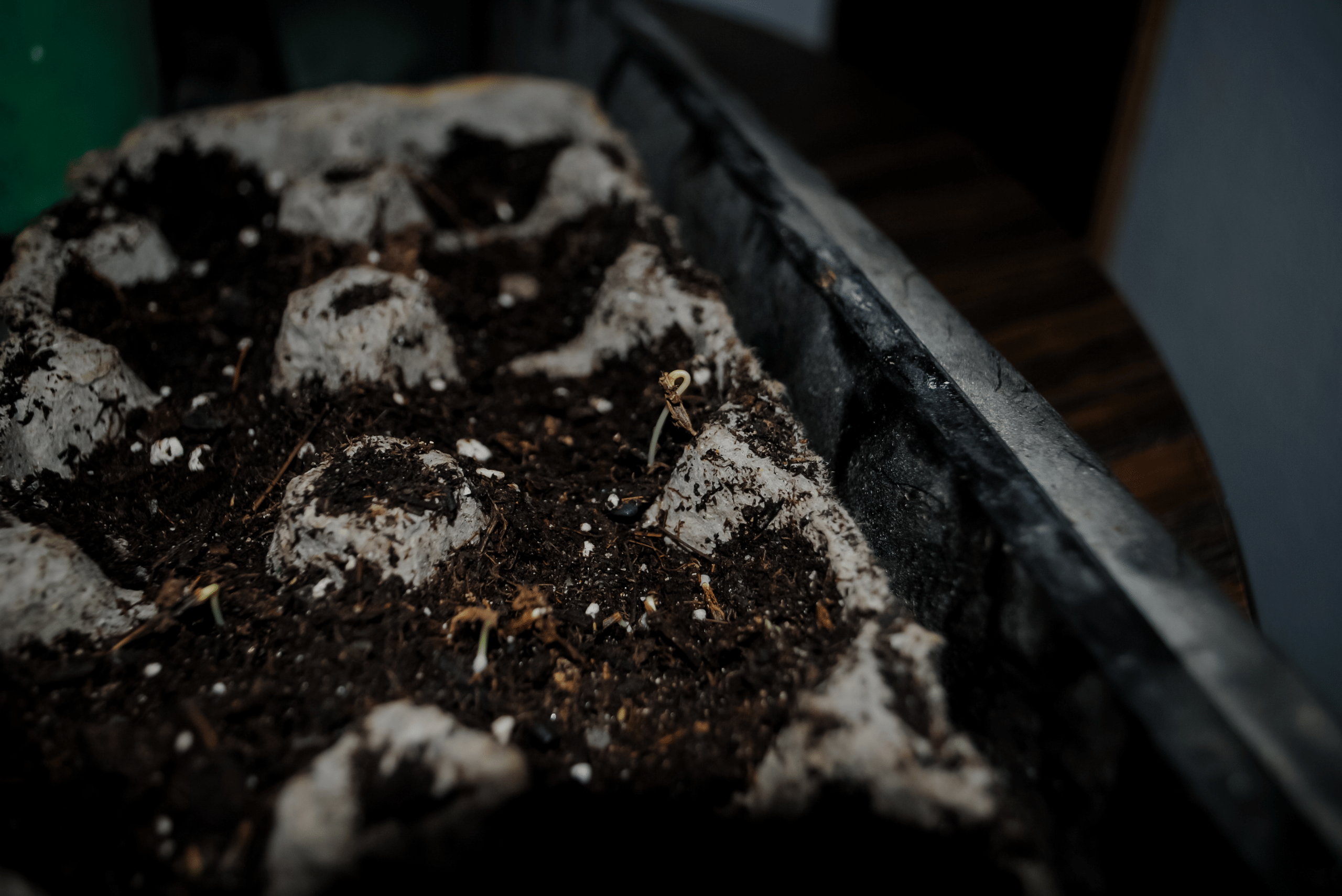
Related Articles
- Orange You Glad? 6 Surprising Uses for Citrus Peels in Gardening
- Clever Gardening Tips Using Everyday Household Items
- DIY Gardening Tips To Liven Up Any Sized Yard
Starting seeds doesn’t have to be expensive or wasteful. By repurposing common household items like egg cartons, toilet paper rolls, and citrus peels, you can create eco-friendly seed-starting solutions that are both practical and budget-friendly. Not only will you save money, but you’ll also reduce waste and take a creative approach to gardening. Give these ideas a try and watch your seeds thrive!

